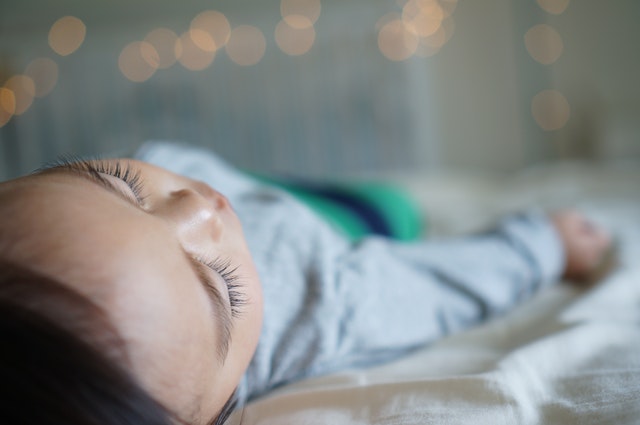No country resorts to IVF more than Japan—or has less success
By The Economist,
The Economist
| 05. 26. 2018
The sterile façade of Kato Ladies Clinic gives little hint of the fecundity inside. Nestling among a plantation of high-rises in a business district of Tokyo, the clinic implants fertilised eggs in an average of 75 women a day. That makes it one of the busiest fertility hospitals in the world, says Keiichi Kato, the medical director.
Japan has come a long way since journalists were warned off the taboo story of Princess Masako’s visits to fertility clinics 20 years ago. The wife of the crown prince, then in her late thirties, was being nudged to produce an heir to the throne (in the end, she disappointed traditionalists by having a girl). Today Japan has less than half America’s population, but more than a third more hospitals and clinics that offer fertility treatment. Over 50,000 babies were born last year with the help of in vitro fertilisation (IVF)—5% of all births.
Nearly a fifth of Japanese couples struggle to have children, says the health ministry. Women are postponing marriage; social pressures mean there are far fewer babies born out of...
Related Articles
By Daphne O. Martschenko and Julia E. H. Brown, Hastings Bioethics Forum | 01.14.2026
There is growing concern that falling fertility rates will lead to economic and demographic catastrophe. The social and political movement known as pronatalism looks to combat depopulation by encouraging people to have as many children as possible. But not just...
By Paula Siverino Bavio, BioNews | 01.12.2026
For more than ten years, gestational surrogacy in Uruguay existed in a state of legal latency: provided for by law, carefully regulated as an exception, yet without a single birth to make it real.
That situation changed with the arrival...
By Hannah Devlin, The Guardian | 01.08.2026
Scientists claim to have “rejuvenated” human eggs for the first time in an advance that they predict could revolutionise IVF success rates for older women.
The groundbreaking research suggests that an age-related defect that causes genetic errors in embryos could...
By Katherine Long, The Wall Street Journal | 12.27.2025
Nia Trent-Wilson owes $182,889.63 in medical bills for a baby that wasn’t hers.
In late 2021, she agreed to act as a surrogate through an agency that paired her with a gay couple from Washington, D.C. The terms were typical...




